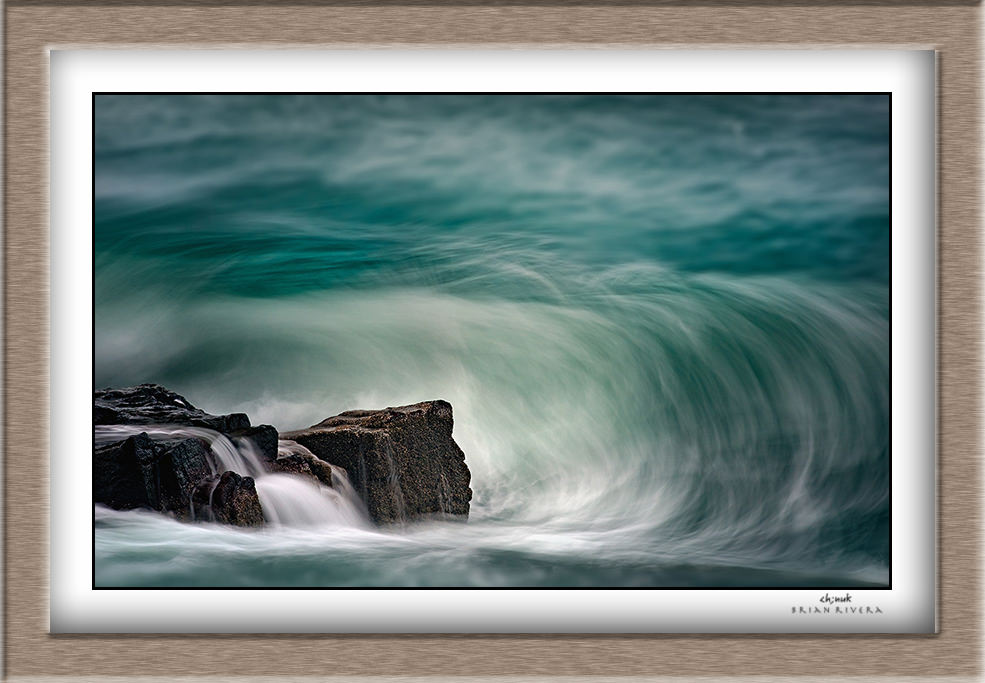I got to thinking and reading about how painters give the feeling of depth or a 3d quality to their art. I think there are a few ways to apply the lessons to photography. The article linked below gives a great summary of what painters call atmospheric perspective.
A couple of things that seem to apply to photography that could be done in lightroom with some masking:
Texture. If objects closer to the viewer are sharper with more texture and local contrast and as they get farther away have less texture, then they seem to our eye to be farther away.
Lightness/value. If the L part of HSL is increased, something in the background is perceived as being farther away. If the sky above the horizon farthest from the viewer is lighter than the closer sky above, it will seem farther away.
Clarity and sharpness. Objects with less clarity and sharpness seem farther away.
Color temperature and saturation. Colors that get relatively cooler and those less saturated seem farther away while closer objects can be warmer and more saturated.
What do you think?

 drawpaintacademy.com
drawpaintacademy.com
A couple of things that seem to apply to photography that could be done in lightroom with some masking:
Texture. If objects closer to the viewer are sharper with more texture and local contrast and as they get farther away have less texture, then they seem to our eye to be farther away.
Lightness/value. If the L part of HSL is increased, something in the background is perceived as being farther away. If the sky above the horizon farthest from the viewer is lighter than the closer sky above, it will seem farther away.
Clarity and sharpness. Objects with less clarity and sharpness seem farther away.
Color temperature and saturation. Colors that get relatively cooler and those less saturated seem farther away while closer objects can be warmer and more saturated.
What do you think?

How to Use Atmospheric Perspective to Create Depth in Your Paintings
Learn my detailed post on how to use atmospheric perspective to create depth in your paintings - Draw Paint Academy.
 drawpaintacademy.com
drawpaintacademy.com





